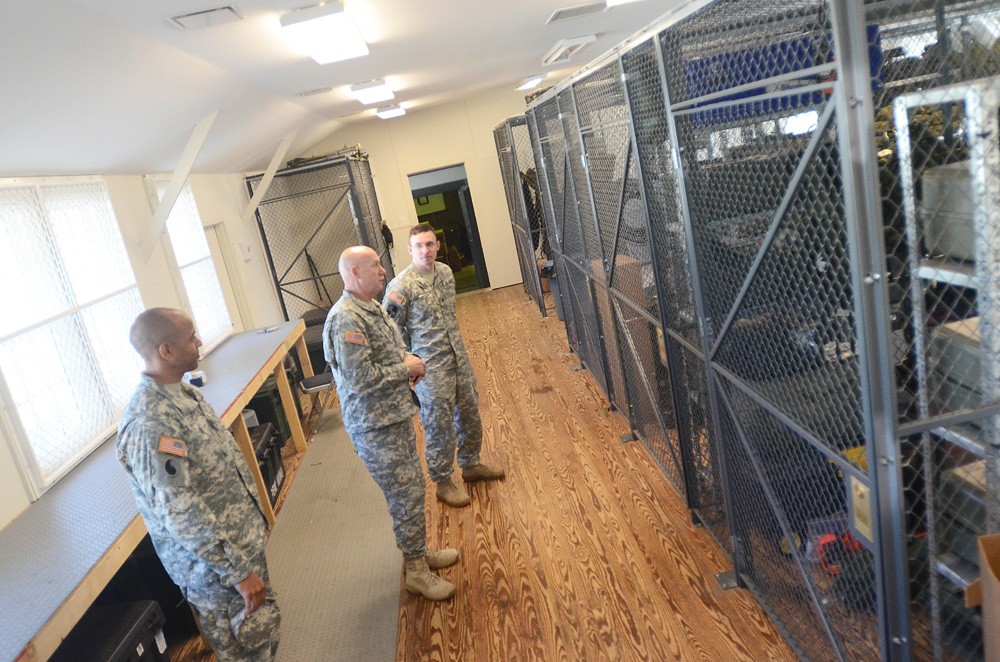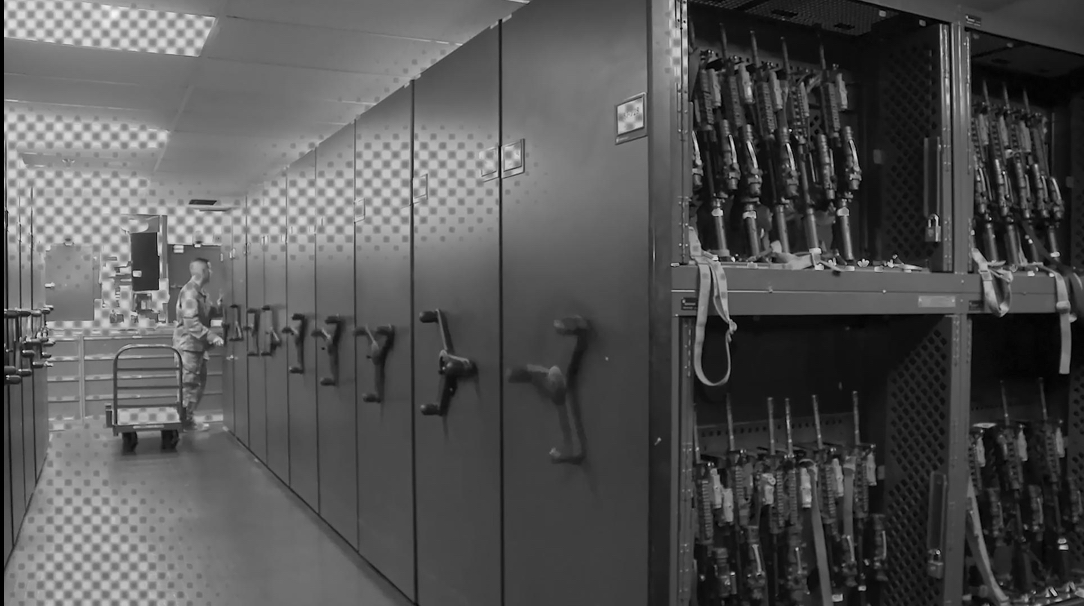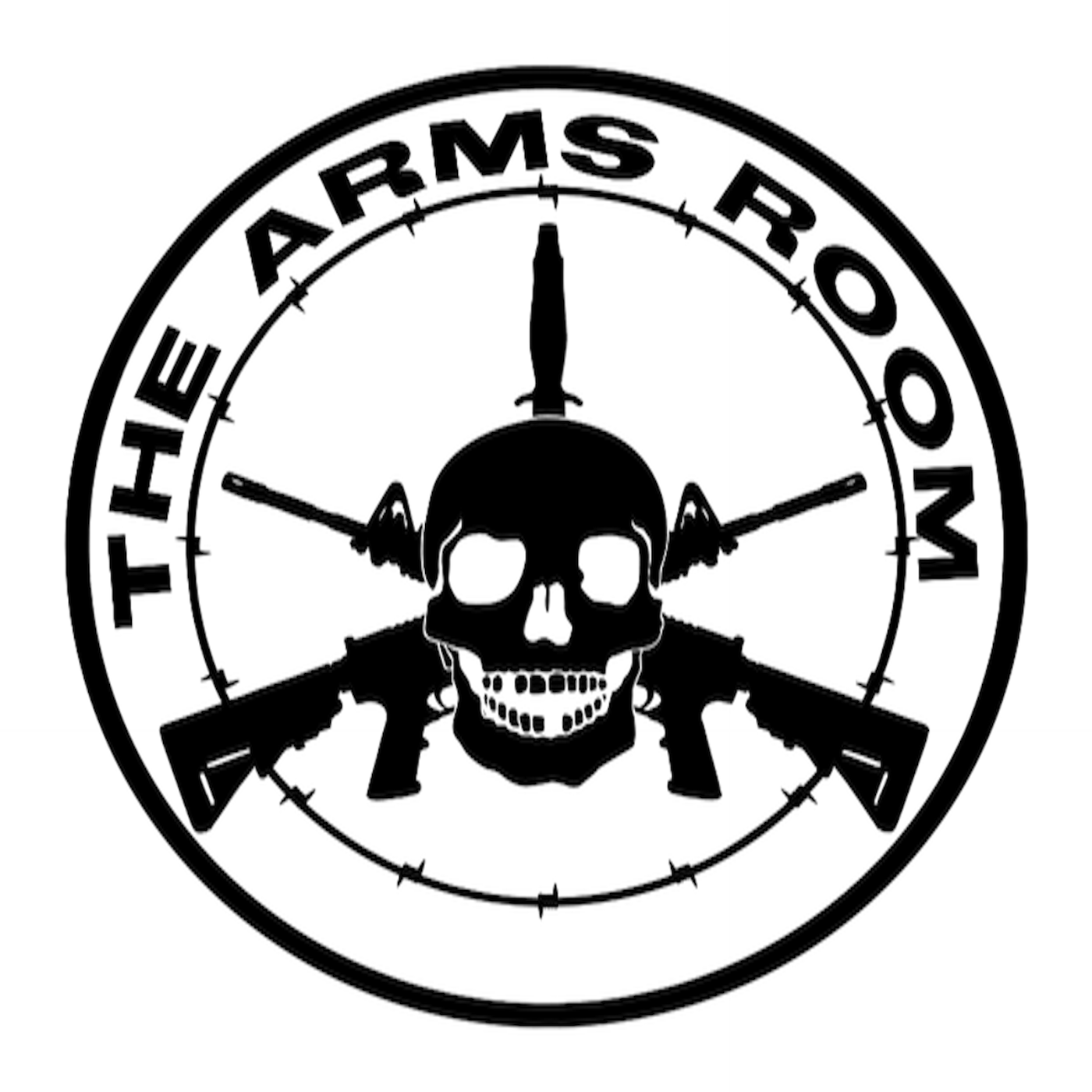Army Arms Room Regulation : What it is
Army Arms Room Regulation: A Comprehensive Guide
The Army Arms Room Regulation is a critical document that outlines the requirements and guidelines for the proper storage and maintenance of firearms and other weapons in Army units. Adhering to these regulations is crucial for ensuring the safety and security of military personnel and equipment. In this post, we will explore the key aspects of the Army Arms Room Regulation, including its purpose, implementation, and common misconceptions.
 Consolidated Arms Rooms: Enhancing Security and Efficiency
Consolidated Arms Rooms: Enhancing Security and Efficiency
One of the primary objectives of the Army Arms Room Regulation is to establish consolidated arms rooms within military installations. These rooms serve as central storage facilities for weapons, ammunition, and other sensitive items. Consolidating the storage of firearms in a dedicated space enhances security by improving control and accountability.
Consolidated arms rooms typically feature enhanced physical security measures such as controlled access, surveillance cameras, and alarms. These measures help deter and detect unauthorized access or theft of firearms. Additionally, the centralized nature of these rooms simplifies inventory management, maintenance, and readiness activities, contributing to increased efficiency.
 Essential Components of an Army Arms Room
Essential Components of an Army Arms Room
An Army Arms Room is a well-organized and controlled environment that ensures the proper storage and maintenance of weapons. It comprises several essential components, each playing a crucial role in meeting the regulation requirements. Let's take a closer look at these components:
1. Weapon Racks and Storage Systems
The core of any arms room is the weapon racks and storage systems. These specially designed racks and cabinets ensure safe and secure storage of firearms and accessories. They are engineered to prevent unauthorized access, protect weapons from damage, and allow for quick and easy inventory checks.
2. Security Measures
Securing an arms room requires the implementation of various security measures, including controlled access systems, surveillance cameras, and alarm systems. These measures help to deter theft or unauthorized access, while also providing a means to monitor and respond to any suspicious activities or breaches.
3. Inventory Control and Accountability
An essential aspect of the Army Arms Room Regulation is maintaining accurate and up-to-date inventory records. Each weapon and associated accessory should be accounted for and easily traceable. This allows for efficient management of stocks, timely maintenance, and timely identification of any missing or misplaced items.
4. Maintenance and Inspection Procedures
Proper maintenance and inspection procedures are vital for ensuring the reliability and functionality of firearms. The regulation outlines the frequency and methods for conducting inspections, cleaning, and maintenance activities. Adhering to these procedures helps to identify and address any potential equipment issues promptly.
Common Misconceptions about Army Arms Room Regulation
Despite being a well-established regulation, there are several misconceptions surrounding Army Arms Room Regulation. Let's debunk some common misunderstandings:
1. Only for Combat Units
Contrary to popular belief, Army Arms Room Regulation applies to all units within the military, not just combat units. Whether it is a combat brigade or a support battalion, all units are required to adhere to the regulation's guidelines for weapons storage and maintenance.
2. Limited to Firearms
While firearms are a primary focus of the regulation, it also covers the storage and maintenance of other weapons and sensitive items. This includes ammunition, explosives, optical devices, and communication equipment. The regulation ensures that all such items are stored and maintained in a secure and organized manner.
3. Applicable Only during Training or Deployment
The Army Arms Room Regulation is applicable at all times, regardless of whether the unit is in training or deployed. Proper storage, inventory control, and maintenance of weapons and equipment are ongoing responsibilities for every military unit, ensuring readiness and safety throughout all operational phases.
Frequently Asked Questions
Q: Can someone other than authorized personnel access the arms room?
A: No, access to the arms room is strictly limited to authorized personnel who have undergone specific training and have the necessary credentials. This helps prevent unauthorized access and ensures accountability.
Q: How often are arms room inspections conducted?
A: Regular arms room inspections are conducted as per the guidelines outlined in the regulation. Typically, inspections occur monthly or quarterly, depending on the unit's size and operational requirements.
Q: Are there any specific regulations for securing sensitive items within an arms room?
A: Yes, the regulation provides detailed guidelines on how to secure sensitive items such as ammunition, explosives, and other high-value equipment within an arms room. These guidelines aim to prevent theft, unauthorized access, and accidental detonations.
Q: How are missing or stolen weapons addressed?
A: In the event of missing or stolen weapons, military authorities launch a thorough investigation to determine the circumstances surrounding the incident. The regulation also requires immediate reporting to higher command and law enforcement agencies to initiate recovery efforts.
Conclusion
Adhering to the Army Arms Room Regulation is crucial for maintaining the safety, security, and readiness of military units. Consolidated arms rooms, essential components, and proper procedures play a pivotal role in ensuring the effective storage and maintenance of weapons and sensitive items. By diligently following these regulations, the Army can enhance security, accountability, and overall operational capabilities.
Consolidated Arms Rooms - Combat Weapon Storage
 Image Source : combatweaponstorage.com
Image Source : combatweaponstorage.com arms weapon storage room consolidated racks rooms combat survey rack installation visit site
Arms-Room-A- | John1911.com Gun Blog
 Image Source : john1911.com
Image Source : john1911.com john1911 arming recruiting dod logistics issues
Associated Press Investigation Finds Military Weapons Vanish, Appear On
 Image Source : floridapolitics.com
Image Source : floridapolitics.com arms malmstrom illustratrion
Company Arms Rooms - Combat Weapon Storage
 Image Source : combatweaponstorage.com
Image Source : combatweaponstorage.com arms room storage weapon racks company military rooms rack combat survey installation visit site learn
Muck Rack | The Arms Room: Contact Information, Journalists, And Overview
 Image Source : muckrack.com
Image Source : muckrack.com Geronimo Arms Room Leads Way, Sets Standard | Article | The United
 Image Source : www.army.mil
Image Source : www.army.mil geronimo inspection
Restricted Area Access Control Signs | Keep Civilians Aware … | Flickr
restricted signs
What Is The Regulation That Governs The Types Of Locks That Can Be Used
 Image Source : www.rallypoint.com
Image Source : www.rallypoint.com Arms weapon storage room consolidated racks rooms combat survey rack installation visit site. What is the regulation that governs the types of locks that can be used. John1911 arming recruiting dod logistics issues. Arms room storage weapon racks company military rooms rack combat survey installation visit site learn. Restricted area access control signs